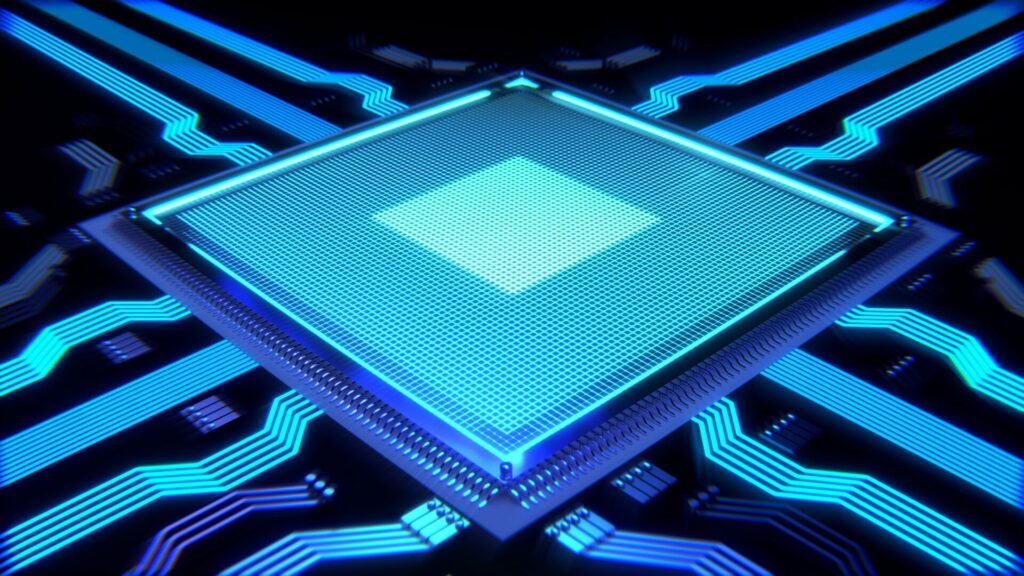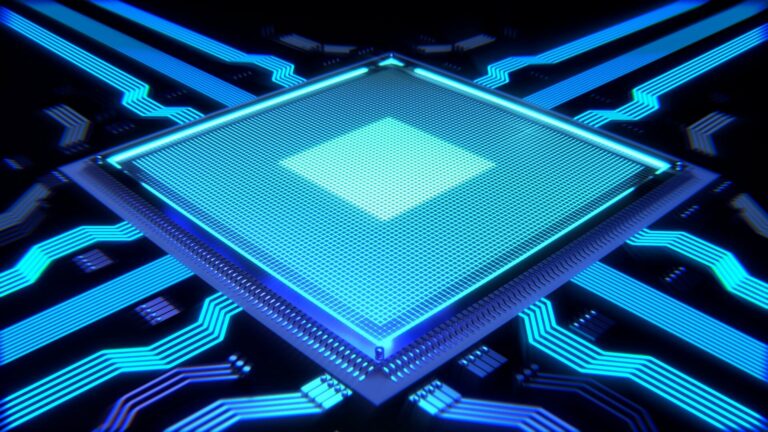Novel chip paves the way for AI computing at the speed of light
The engineers at the University of Pennsylvania have created a groundbreaking chip that utilizes light waves instead of electricity to carry out complex mathematical calculations necessary for training artificial intelligence. This innovative chip has the potential to significantly enhance the processing speed of computers while simultaneously reducing their energy consumption.
The design of the silicon-photonic (SiPh) chip combines the pioneering research of Nader Engheta, a Benjamin Franklin Medal Laureate and H. Nedwill Ramsey Professor, in manipulating nanoscale materials to perform mathematical computations using light, which is the fastest mode of communication. The SiPh platform, which utilizes silicon, an abundant and cost-effective element used in the mass production of computer chips, complements Engheta’s research.
By exploring the interaction between light waves and matter, researchers aim to develop computers that surpass the limitations of current chips, which are based on principles established during the early days of the computing revolution in the 1960s.

In a recent publication in Nature Photonics, Engheta’s team, in collaboration with Firooz Aflatouni, an Associate Professor in Electrical and Systems Engineering, details the development of this groundbreaking chip.
Recognizing the expertise of Aflatouni’s research group in nanoscale silicon devices, Engheta explains the decision to join forces in this endeavor.
Engheta explains that instead of using a uniform silicon wafer, they opted for a thinner silicon chip, measuring around 150 nanometers, but only in specific regions. These variations in height allow for precise control over the propagation of light through the chip, enabling it to perform mathematical calculations at the speed of light without the need for additional materials.
Aflatouni mentions that due to the constraints imposed by the commercial foundry, this design is already suitable for commercial applications and could potentially be adapted for use in graphics processing units (GPUs), which are in high demand for developing AI systems.
He further suggests that the Silicon Photonics platform could be integrated as an add-on, resulting in accelerated training and classification processes.
Apart from the advantages of faster speed and reduced energy consumption, Engheta and Aflatouni’s chip also offers enhanced privacy. With the ability to perform multiple computations simultaneously, sensitive information no longer needs to be stored in a computer’s working memory, making it virtually unhackable.
Aflatouni emphasizes, “No one can hack into a non-existing memory to access your information.”
The research team also includes Vahid Nikkhah, Ali Pirmoradi, Farshid Ashtiani, and Brian Edwards from Penn Engineering.
This article is republished from PhysORG under a Creative Commons license. Read the original article.
Do not forget to share your opinion with us to provide you with the best posts !




0 Comments